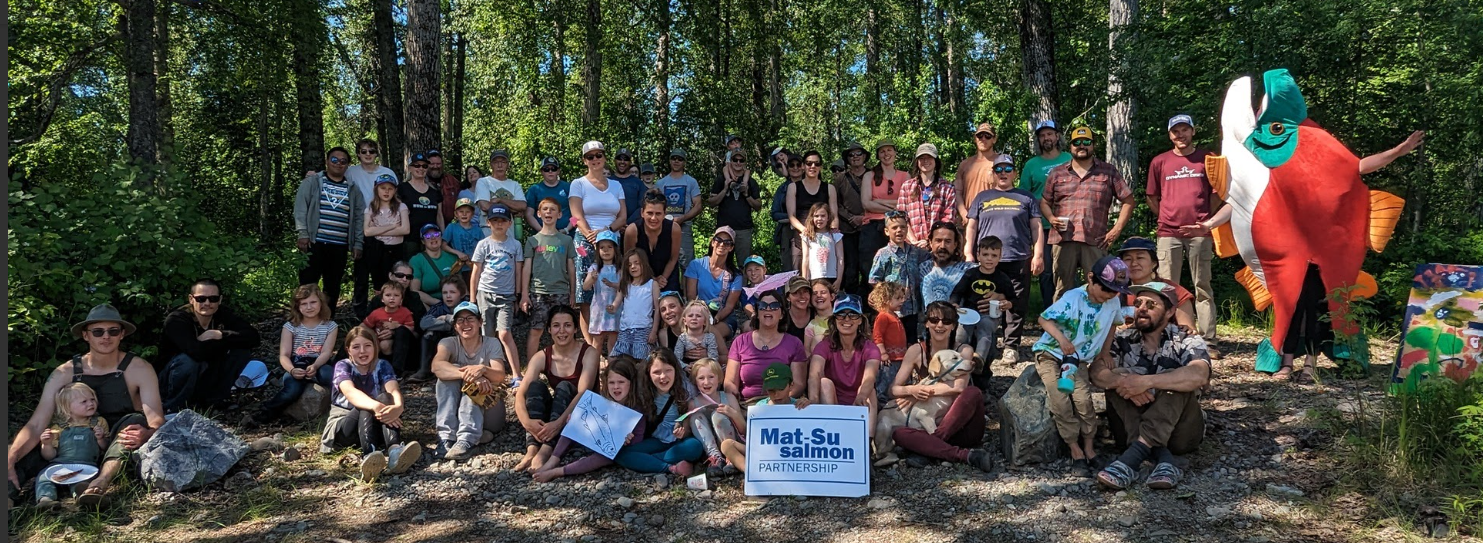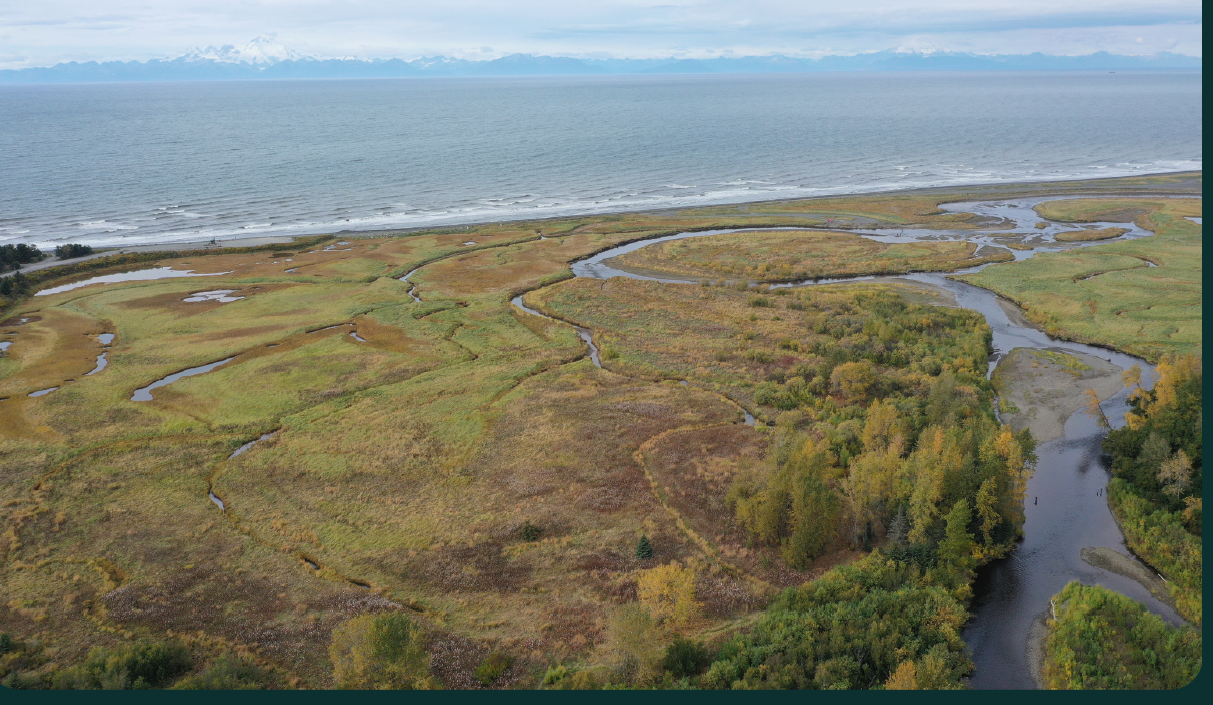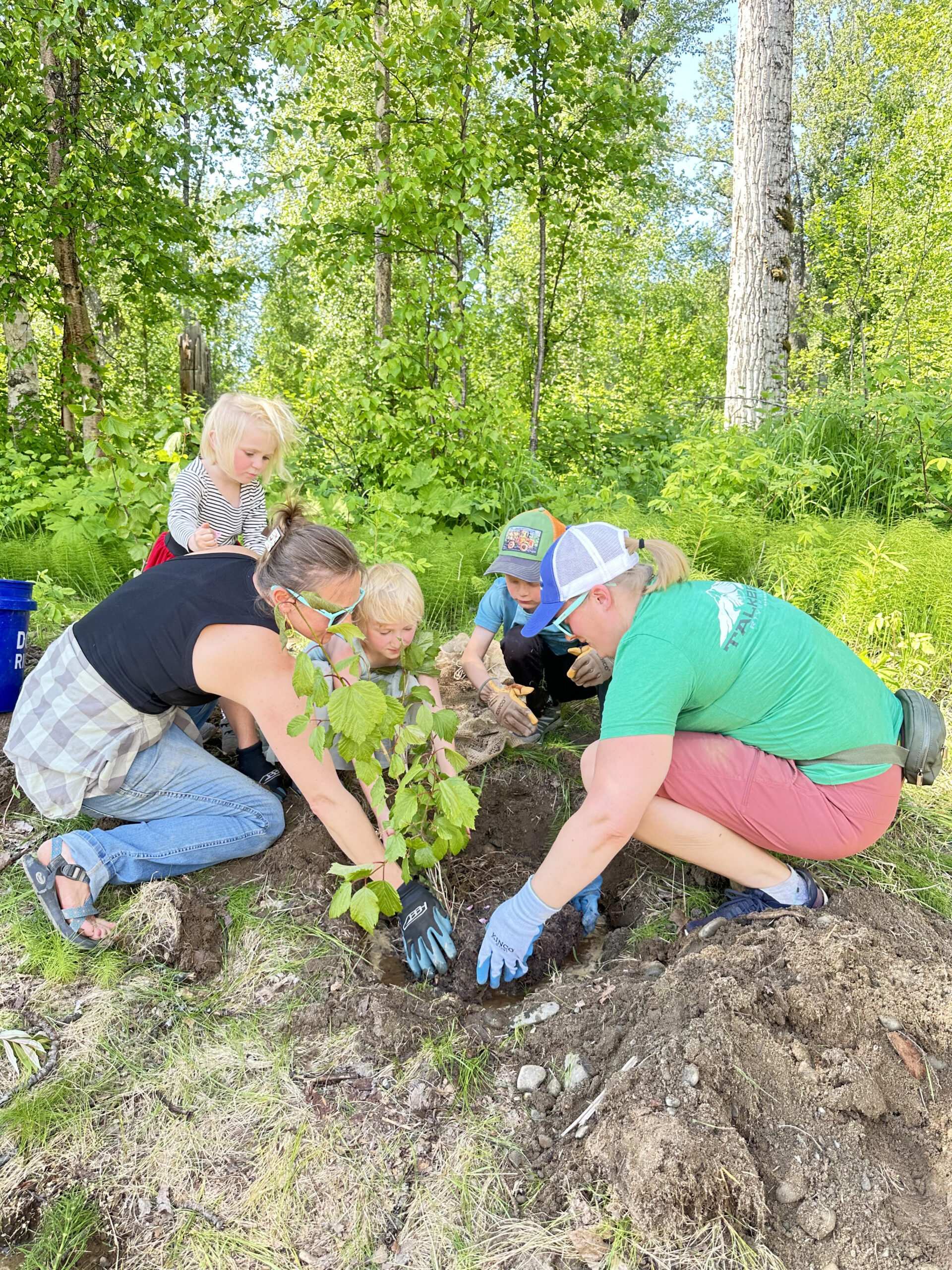Telling the Story (Keynote presentation, 9:20am-10:15am Wednesday, November 18th at the Palmer Depot)
Two of the most basic human needs are food and stories…and for many Alaskans this leads directly to salmon. For thousands of years, people throughout Alaska have depended on salmon to sustain their lives and communities, so these fish have always been a major topic of discussion—in fishing camps, in homes, in meetings and councils and capitols. Today, we’re aware that many salmon populations outside of Alaska have seriously declined, so it’s more important than ever to educate ourselves about these fish; to carefully manage our fisheries and protect essential salmon habitat; and to share as widely as possible what we’ve learned. In other words, we need to tell the story of salmon, in ways that will reach people of all backgrounds, throughout Alaska and beyond. Over the past fifty years, Richard Nelson has been exploring the connections between people and the natural environment in Alaska. To communicate what he’s learned, Richard has worked in writing, radio production, natural sounds recording, and documentary film. In this presentation, Richard will talk about ways of reaching people with information about Alaska’s traditions, ways of life, environment, and resources. And he will explain his emphasis on celebration, inspiration, and education to motivate people’s support for things that matter in our world.
The Miracle of Salmon (Wednesday evening public presentation, Wednesday November 18th 6:30-7:30pm at the Palmer Depot)
Each year, millions of salmon throng into the rivers, streams, and lakes throughout Alaska. People in almost every community have access to salmon, and even young school children learn to recite their names—king…silver…sockeye…chum…pink. Salmon played a key role in Alaska becoming a state in 1959, and they remain vital to our economy, our communities, our cultural traditions, and our ways of life. A marvel of evolution, salmon in every run are genetically adapted to the conditions of their spawning stream. They are also an ecological keystone, providing nutrients that enrich whole environmental systems. While most Alaskan salmon are thriving, we can learn important lessons from the declines and extinctions of salmon almost everywhere else. When fishing and habitat are managed wisely, salmon may be the ultimate sustainable natural resource, capable of bringing nutritious food to our homes and millions of dollars to our economy—literally forever. From an economic perspective, wild salmon may be the world’s most perfect business model: Nature provides the necessary infrastructure, we invest nothing in the wild production system, and every year we harvest an enormously valuable resource. In this sense, our spawning streams might be called an “environmental bank,” and the salmon are “nature’s capital.” The only requirement is that we treat this remarkable system carefully and gratefully receive the amazing gift of salmon.


